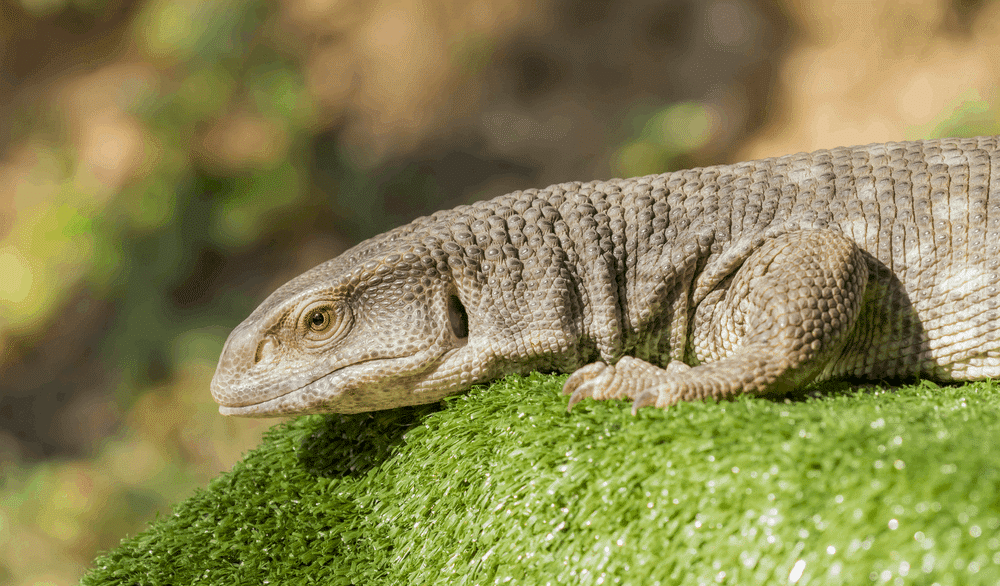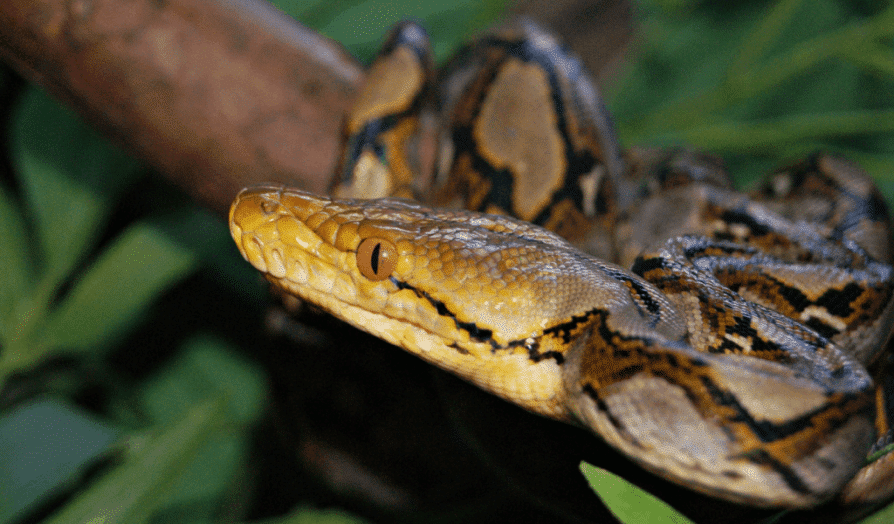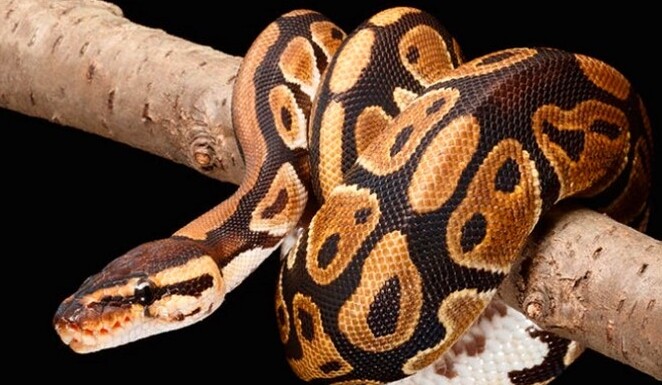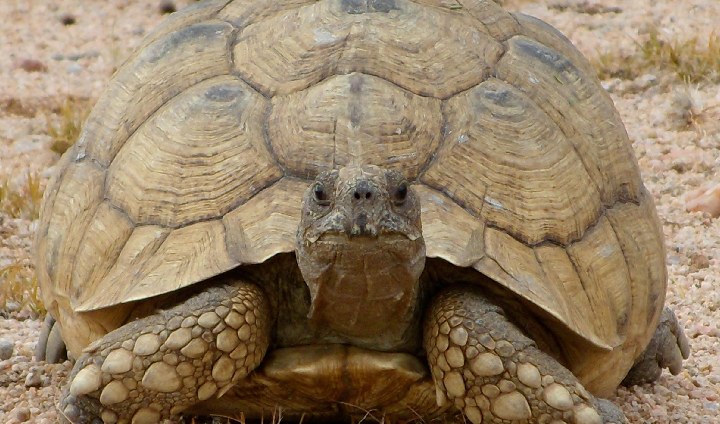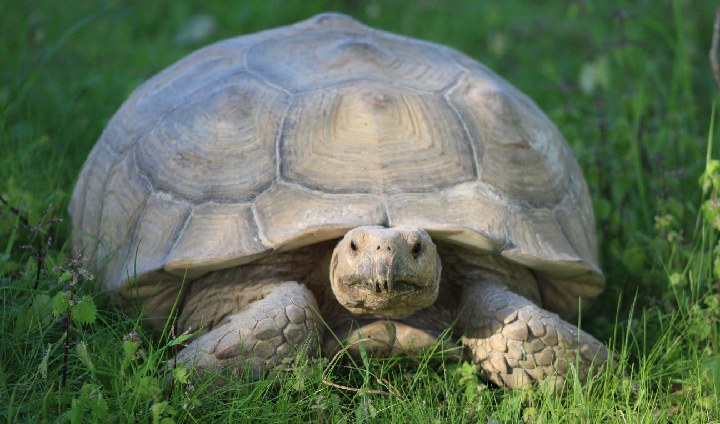Geographic Distribution: south of the Sahara, West, Central and South Africa (towards Zaire)
Habitat: mainly savannah habitats, but they also adapt well to other habitats of rocky areas, open forests and woods.
Diet: for adults, the diet consists mainly of small mammals, birds, snakes, frogs, small lizards and eggs. Juveniles are mainly insectivorous. Their eating habits vary depending on the weather. They feed during the rainy season (about 8 months), when there is an abundant supply of food. They can consume up to 10% of their body weight in a single day. During the dry season they live from the fat reserves accumulated during the wet season.
Reproduction: occurring in the rainy season. When a male finds a partner, he chases her until she allows mating. The female, alone, digs a nest between 15-30 cm deep, where she lays between 20-50 eggs. Incubation has a period of between 5-6 months. Juveniles grow faster during their first 2 months of life.
Behaviour: this species is more active during the day. Males are quite territorial and defend their territory very aggressively, especially when cornered. If two males meet they try to intimidate each other, making threats and they can even fight, intertwining their bodies whilst they bite each other.
State of Conservation: Less Concerning (LC)
Curiosities: Savannah monitors use their tongue to feel the environment around them, moving the tongue out of the mouth about 20-40 times every two minutes. As soon as they attack a prey, tongue movements increase to 160 movements every two minutes, which helps them feel where the prey is, without it being able to escape even after being attacked.
Threat factors: in Africa it is highly captured for its skin and even as a source of food for the natives. One of the biggest threats is the illegal trade of exotic species.
Scientific name: Varanus exanthematicus
Class: Reptilia
Order: Squamata
Family: Varanidae
Dimensions: 1.5-2 m length
Weight: 1-70 Kg
Lifespan: 13 years


